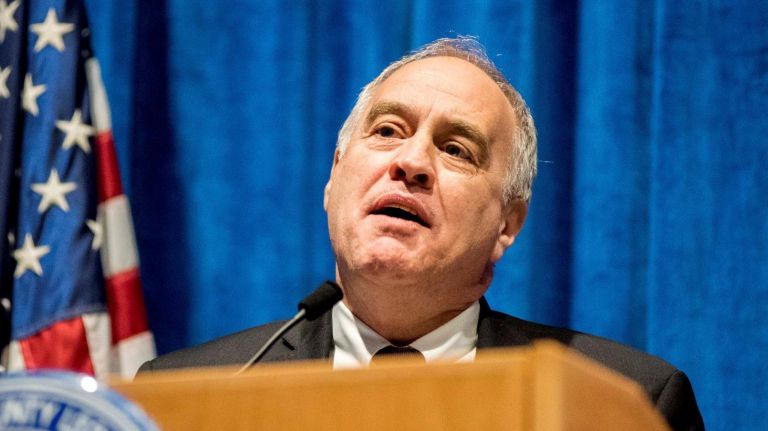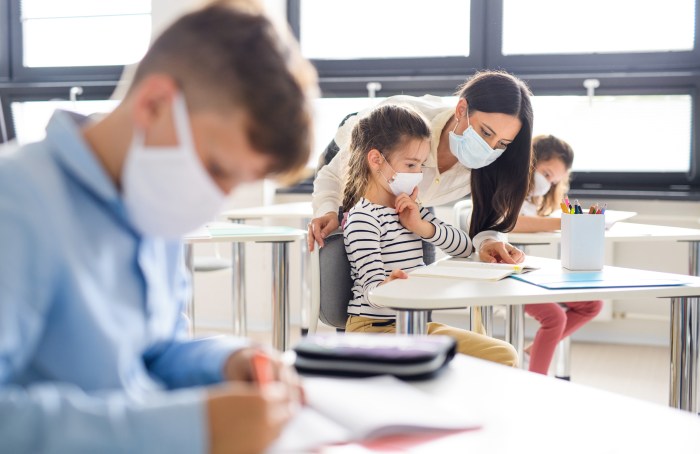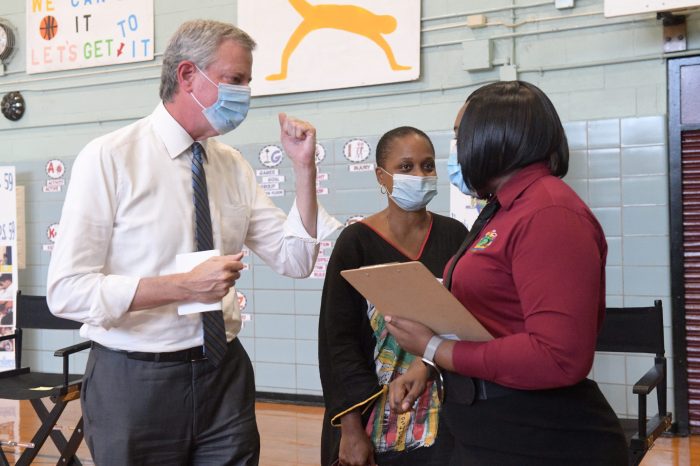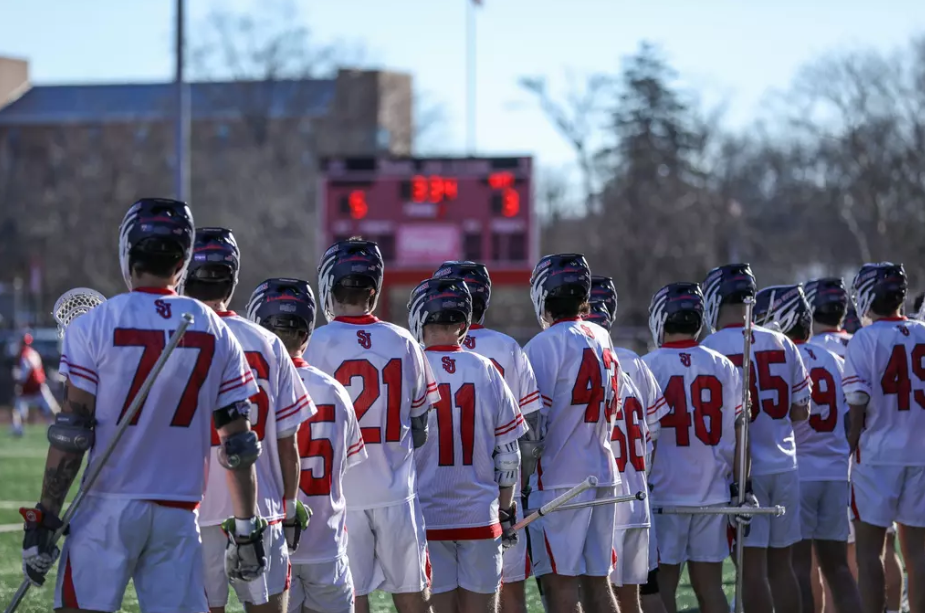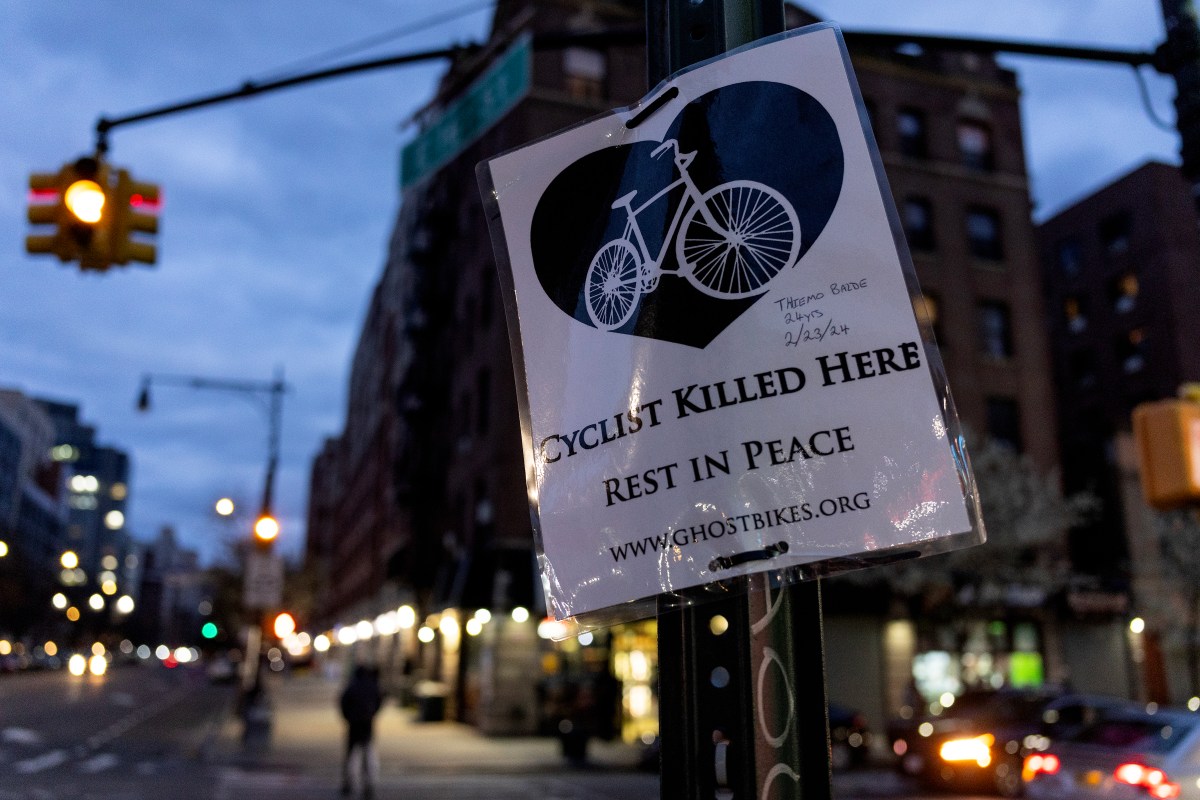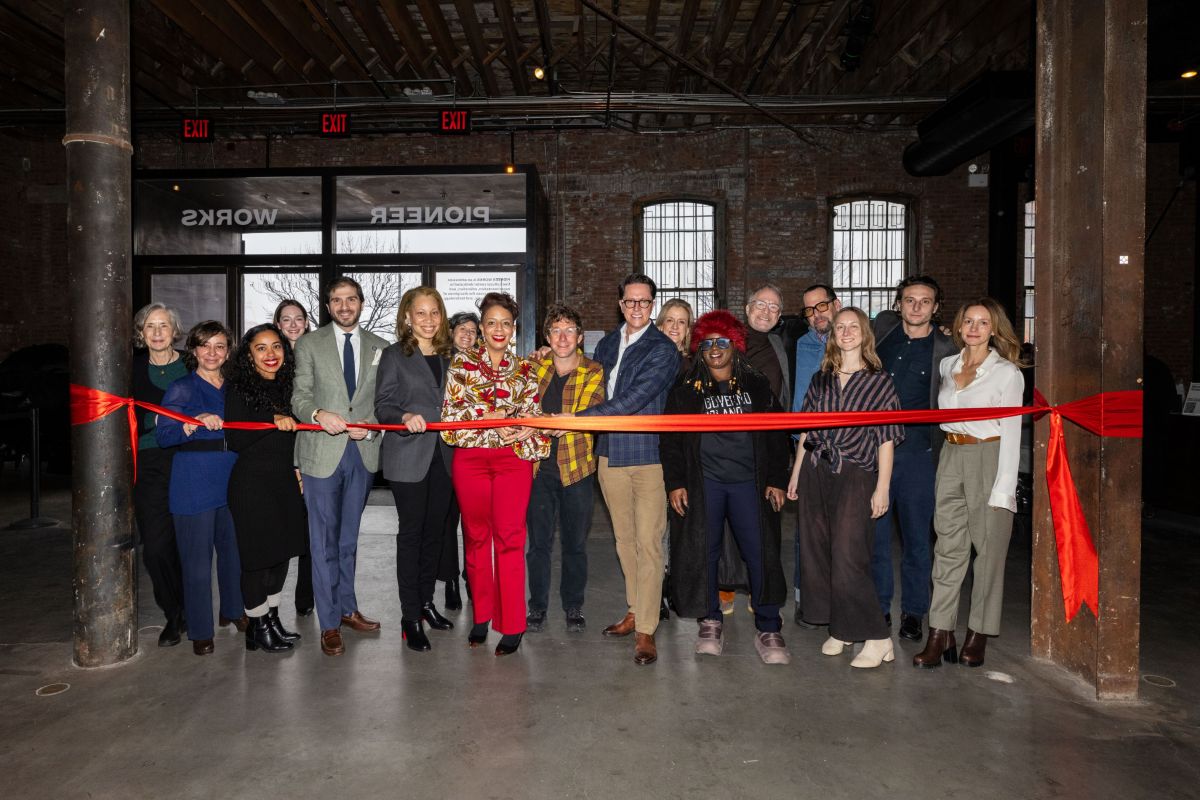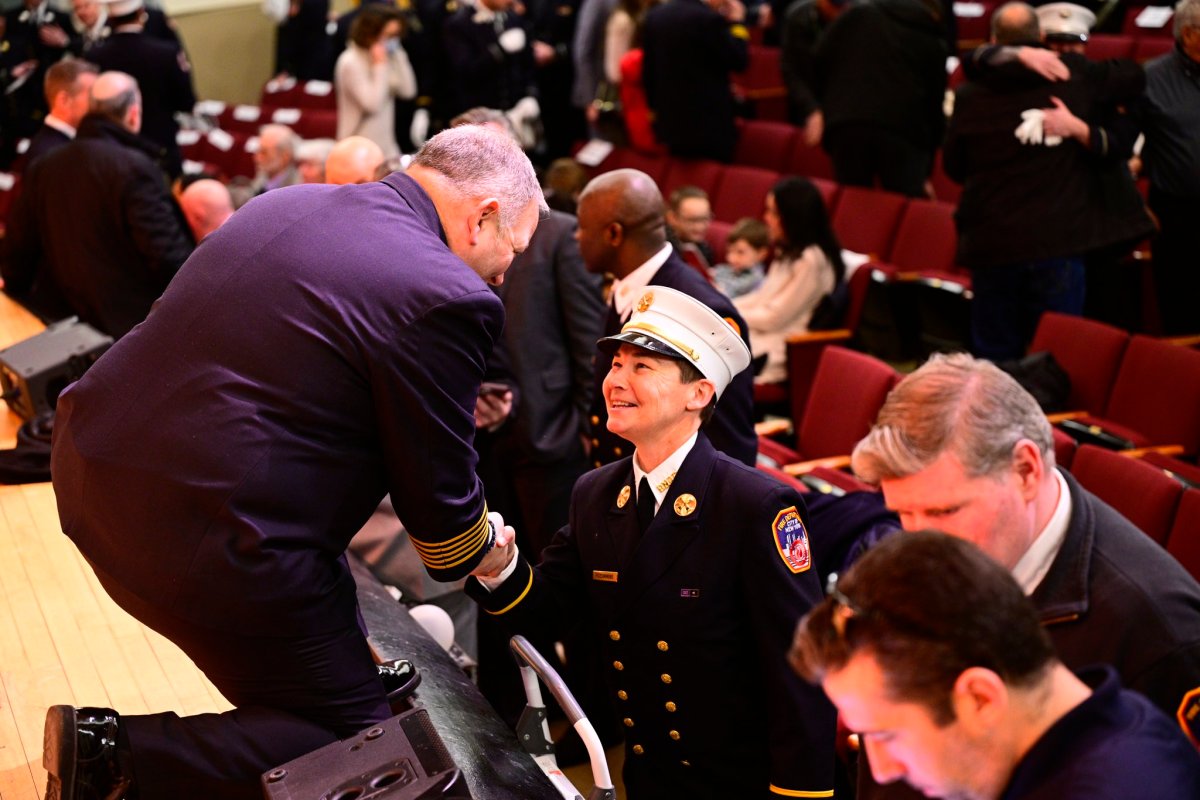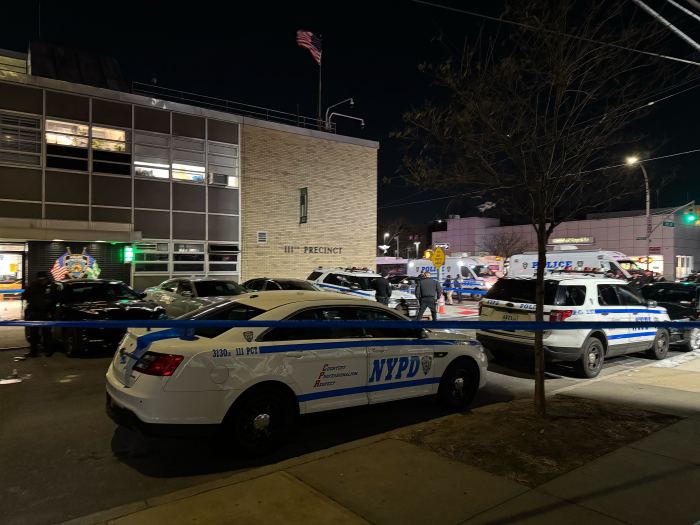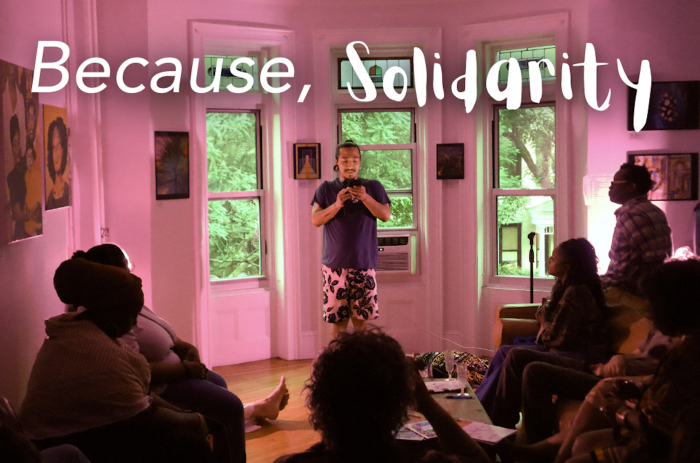State Comptroller Tom DiNapoli urged Mayor Eric Adams to target the Department of Education for steeper funding cuts as the city is set to run out of federal COVID-19 relief aid and face multi-billion-dollar deficits in the coming years.
The state’s fiscal watchdog was asked during a virtual interview with the Association for a Better New York (ABNY) on Wednesday whether there were any agencies where City Hall should go beyond the 3% funding slash proposed by Mayor Adams across most of municipal government.
“I would think that the Department of Education would be a very logical place,” DiNapoli said on Feb. 2. “Especially given the challenge of suggested new programs, clearly an inability to meet the staffing levels that have been initially projected, concern about how to manage rising costs with regard to special education services.”
Meanwhile, the statewide official indicated the city should hold off on cuts to agencies that deal with “public safety” and those experiencing homelessness.
“With all the concern about public safety, homelessness, those may be some of the examples of agencies where you know — and some of those areas the mayor’s already said are exempted from that 3%,” he said.
Adams last month ordered his administration to institute 3% cuts to agencies across the board, except for a handful of arms of government that suffered particularly badly during the pandemic, such as the Department of Correction, the public hospitals, the Department of Health and Mental Hygiene, and the Medical Examiner’s office.
The move was part of Hizzoner’s campaign pledge to curb “dysfunctional” city spending and amid municipal coffers facing an average $2.6 billion annual hole as pandemic aid from Washington dries up in the coming years.
DiNapoli praised the mayor for focusing on spending cuts right at the outset of his administration.
“I think 3% is a reasonable place to start,” the comptroller said. “What I think is an important cultural shift is that the mayor is saying it right out of the box.”
“He’s not waiting to see if the out-year gaps become worse, or just banking on good news coming in and saying, ‘Okay, we dodged something there,’” Di Napoli added. “Instead, he’s saying, ‘I recognize that we have these out year gaps’… and he’s saying ‘we have to get ahead of it.’”
The comptroller noted how the former-Mayor Bill de Blasio administration relied on the one-time cash injections from Uncle Sam, such as the American Rescue Plan, for several city initiatives, but didn’t save money for years when those funds will run out or provide new sources of revenue to keep them going.
The future looks less rosy as there is little appetite in the nation’s capital for more relief money and amid increasing inflation, the fiscal guru warned.
“Relying on good economic news coming or more federal funding to manage budgets is not a smart long term plan. We have to do a better job of thinking all this through,” he said.
His office on Wednesday launched an online dashboard showing how high the drop in federal funding — or “fiscal cliff” — will be by agency, forecasting a whopping $1.45 billion shortfall by 2026, with the DOE making up the largest share at almost 729 million in revenue drops.
The site breaks down challenges by agency, including the Education Department, which manages the largest public school system in the country serving more than one million students in over 1,800 schools, including charter schools, and employing some 150,000 staff.
Education had a $31.6 billion operating budget in the last fiscal year, accounting for 30.7% of the city’s $102.8 budget, and got more than $8 billion in emergency federal funds over five years.
Some of that one-time windfall will go toward programs like de Blasio’s 3-K expansion, and the agency also faces issues with falling enrollment and rising costs of special education, according to the DOE brief, but doesn’t make clear how the new schemes will be funded in the longer-term, according to DiNapoli.
Brooklyn Councilmember Rita Joseph, who chairs the Council’s Education committee, criticized the proposal, arguing that good public education is closely connected to public safety.
“Education and crime are inextricably linked, and if we cut funding for our city’s schools, we run a major risk of increased violence,” Joseph said in a statement to amNewYork Metro. “A quality public education system makes all of our neighborhoods safer,”
On the law enforcement side, the comptroller outlined how the NYPD’s $5.6 billion budget will likely include higher overtime spending due to large events returning, from the $354 million forecast by the city this year closer to pre-pandemic levels of around $600 million per year.
Police OT ballooned in 2020 to $721 million amid the racial justice protests following the murder of George Floyd by a cop in Minneapolis.
Other incoming fiscal cliffs identified by the comptroller include increased wages for security guards at homeless shelters, health and mental health support for families in public housing, city spending for federal health benefits for 9/11 survivors, and housing for people with HIV/AIDS.
“This administration is laser focused on using taxpayer dollars wisely,” said mayoral spokesperson Jonah Allon in a statement. “By implementing [Program to Eliminate the Gap] plans that cut agency spending we will save money, become more efficient at delivering quality services to New Yorkers, and conserve resources that can be used to close budget gaps.”



